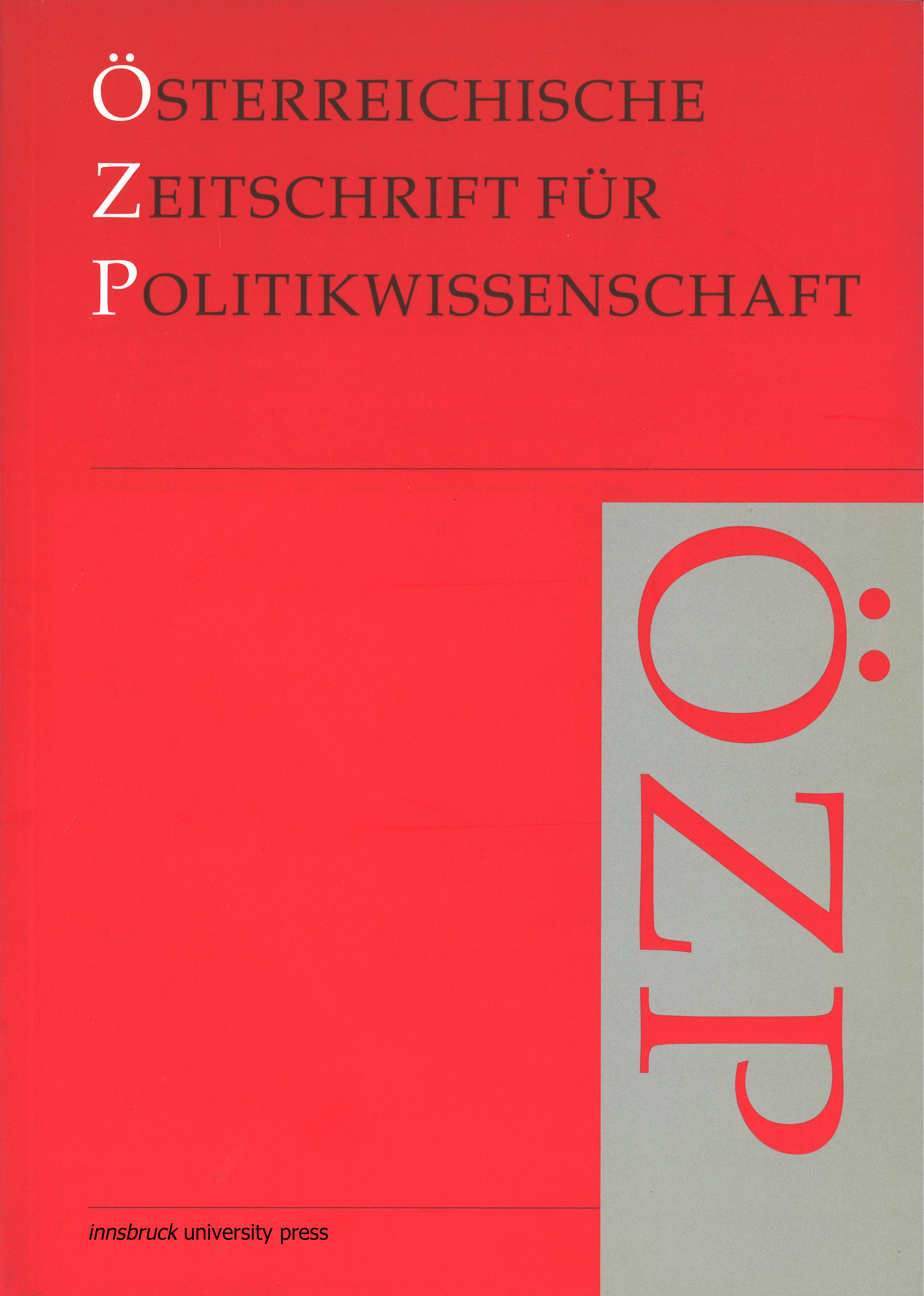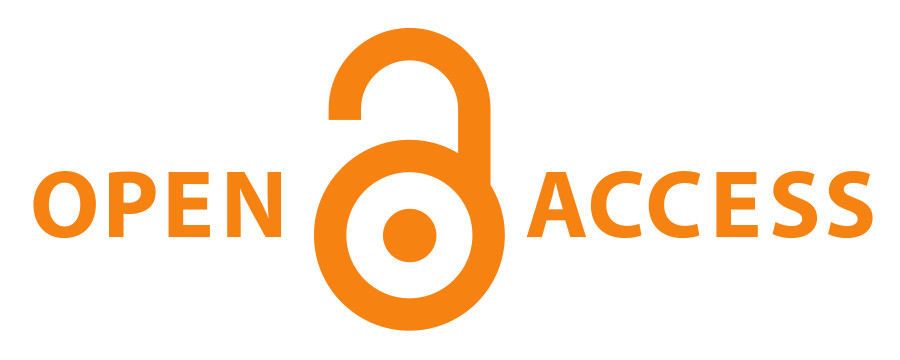Die geänderte Funktionalität von Vergangenheit und Vergangenheitspolitik. Das Ende der Konkordanzdemokratie und die Verschiebung der Feindbilder
DOI:
https://doi.org/10.15203/ozp.766.vol30iss1Abstract
Der Aufsatz beschreibt und analysiert den Zusammenhang zwischen den Entwicklungen der politischen Kultur der Zweiten Republik und der Vergangenheitspolitik – der Nutzung von Geschichte für politische Ziele. Für die Anfänge der Konkordanzdemokratie war es wesentlich, die Differenz der historischen Wahrnehmung zwischen den beiden die Konkordanzdemokratie tragenden Lagern zu betonen. Für die Abstiegsphase der Konkordanzdemokratie ist dies nicht mehr möglich. In dieser Phase wird nun der Nationalsozialismus, in der Nachkriegszeit ein eher tabuisiertes, weil die beiden Lager nicht trennendes Thema der Vergangenheitspolitik, zum entscheidenden Thema der politisch relevanten Erinnerung. Dieser Wandel der Vergangenheitspolitik wird abschließend in Bezug zu dem von Peter Loewenberg entwickelten Konzept des „Decoding“ gebracht.Downloads
Ausgabe
Rubrik
Lizenz
The OZP is the authorized publication of the Österreichische Gesellschaft für Politikwissenschaft (ÖGPW, Austrian Political Science Association)
The author of an article (in case of multiple authors: the corresponding author, responsible for releasing this material on behalf of any and all co-authors) accepted to be published in the OZP hereby acknowledges the following Copyright Notice:
- The author retains the copyright to the article.
- It is the responsibility of the author, not of the OZP, to obtain permission to use any previously published and/or copyrighted material.
- Publication of a submitted text is dependent on positive results from the peer reviewing. In such a case, the OZP editors have the right to publish the text.
- In case of publication, the article will be assigned a DOI (digital object identifier) number.
- The author agrees to abide by an open access Creative Commons Attribution (CC BY-SA) license. The license permits any user to download, print out, extract, reuse, archive, and distribute the article under the same license, as long as appropriate credit is given to the author and source.
- The license ensures that the author’s article will be available as widely as possible and that the article can be included in any scientific archive. In order to facilitate distribution, the author agrees that the article, once published, will be submitted to various abstracting, indexing and archiving services as selected by the OZP.
- In addition, the author is encouraged to self-archive the article, once published, with reference to the place of the first publication.
- After the contribution appears in the OZP, it is still possible to publish it elsewhere with reference to the place of the first publication.
- The finished article, if published, will include a correspondence address (both postal and email) of the author.
- If written under the auspices of a grant from one or more funding agencies, such as FWF (Austrian Science Fund), ERC (European Research Council), and Horizon 2020 (EU Framework Programme), an article accepted for publication has to be deposited in an Open Access archive. The OZP’s archiving policy is compliant with these provisions. (In case the article derives on funding from a different source, the author is responsible to check compliance of provisions.)




